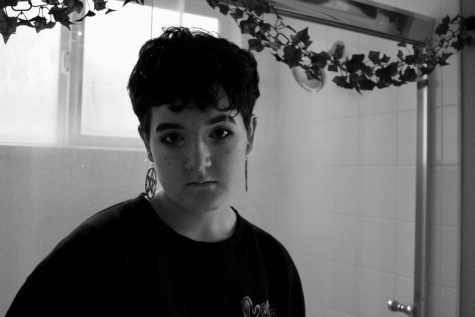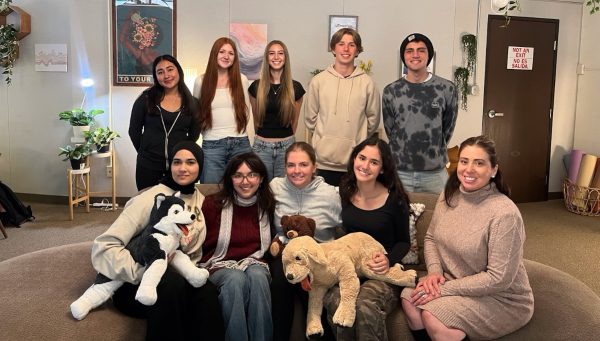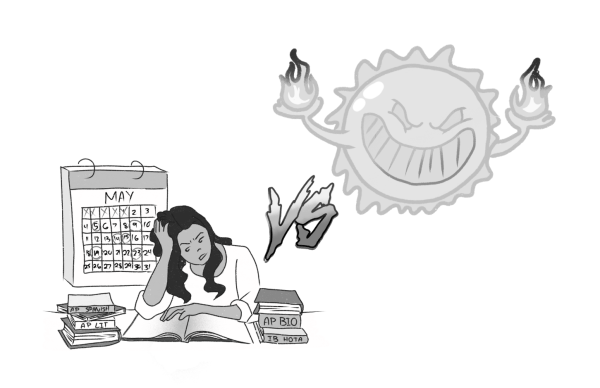YouTube Changes Rules
On Jan. 16, 2018, YouTube executives announced that major changes would be made to their Partnership Program in order to protect the website against harmful channels. The Partnership Program is what allows creators to earn revenue from their videos through advertisements. Released in an online statement, Chief Product Officer, Neal Mohan, and Chief Business Officer, Robert Kyncl reported that YouTube would no longer monetize the videos of channels with under 1,000 subscribers and 4,000 yearly watch hours. These new monetization qualifications went into effect Feb. 20, 2018, rendering numerous amounts of small creators unable to earn money from the platform.
With these changes to the Youtube Partnership Program (YPP) all channels not meeting both of the requirements had their monetization suspended until the requirements could be met. Once frozen channels have met both requirements, they can re-apply for monetization, where their channels will be re-evaluated under strict new criteria to ensure the YPP policies are met and channels are genuine.
With these guidelines in place, all now-suspended channels went from making under $100 a year, straight back to $0. Originally, all creators were paid every time they reached the $100 threshold.
“A big part of that effort will be strengthening our requirements for monetization so spammers, impersonators, and other bad actors can’t hurt our ecosystem,” Mohan and Kyncl said. “After thoughtful consideration, we believe these are necessary compromises to protect our community.”
However, these new standards are also suspending monetization from genuine creators, not just spammers and bad actors, since all channels not meeting the requirements were suspended.
Freshman Willy Zuloaga, the creator of the youtube channel “Willster,” had his own thoughts on the matter. Zuloaga’s channel currently has 131 subscribers, and he produces videos on a weekly basis. Zuloaga proposed that YouTube should discontinue needless services such as YouTube TV and YouTube Red so that the executives can continue to pay the creators on their platform.
“They should save the money for the YouTubers and leave YouTube as it is,” Zuloaga said. “[YouTube] doesn’t need to be more fancy.”
Even though YouTube has suspended the monetization of channels not meeting the YPP requirements, executives have agreed to pay creators what they made before the suspension took place. However, the amount they earned before the suspension will not be paid in full until creators are able to meet the new requirements and their channels are re-evaluated.
Hello there! Our goal is to provide relavent, engaging journalism for readers of all ages. Your donation will support the student journalists of the Wolfpacket at Claremont High School, and will allow us to purchase equipment, print our monthly issues, and enter in journalism competitions. We appreciate your consideration!

Kay Oken has been on the staff of the Wolfpacket since their freshman year. Over the years, they have been a reporter, photographer, Photo Editor, and...







